In the global fight against HIV, one group continues to bear a disproportionate burden: gay men and other men who have sex with men (MSM). According to UNAIDS, MSM are 23 times more likely to acquire HIV than the general population, a statistic that underscores a persistent public health challenge. While biological factors, such as the higher transmission risk of anal sex, play a role, the real drivers of this disparity lie beyond biology. Stigma, discrimination, and lack of access to healthcare services create a perfect storm, pushing MSM into the shadows and away from life-saving prevention and treatment. This 5000-word article delves into the complex interplay of social, cultural, and systemic factors that heighten HIV risk among MSM, supported by verified facts, real-world incidents, and in-depth analysis. From behind-the-scenes struggles to global health strategies, we uncover the truths behind this epidemic and explore pathways to a more equitable future.
The Epidemiological Reality: HIV and MSM
HIV, or Human Immunodeficiency Virus, remains a global health crisis, with approximately 1.2 million people living with HIV in the United States alone as of 2019, and 1.7 million new infections worldwide in 2019. Among these, MSM account for a staggering proportion. In the U.S., 67% of new HIV diagnoses in 2022 were among gay and bisexual men, despite them representing less than 2% of the population. Globally, UNAIDS reports that MSM accounted for 44% of new HIV infections in Asia and the Pacific in 2019, with prevalence rates ranging from 5% in South-East Asia to 12.6% in Eastern and Southern Africa. These figures highlight a sobering reality: MSM are disproportionately affected by HIV, with a risk 23 to 28 times higher than the general population, depending on the region.
The biological factor is undeniable. Anal sex, particularly receptive anal sex, carries a higher risk of HIV transmission—estimated at 1.4% per act for receptive anal sex compared to 0.08% for receptive vaginal sex. The thin mucosal lining of the anus is more susceptible to tears, creating entry points for the virus. Additionally, MSM living with HIV or using pre-exposure prophylaxis (PrEP) have higher rates of co-infections like hepatitis C, which can exacerbate health risks. However, biology alone does not explain the disparity. Social and structural barriers, including stigma, discrimination, and criminalization, amplify vulnerability by limiting access to prevention, testing, and treatment.
Behind the Numbers: A Global Snapshot
The global HIV epidemic among MSM is not uniform. In regions like sub-Saharan Africa, where HIV prevalence is high across populations, MSM still face elevated risks due to targeted discrimination. In 2019, MSM accounted for 62% of new HIV infections outside sub-Saharan Africa, despite being a small demographic. In countries like the Philippines, the HIV epidemic among MSM is growing at an alarming rate, with prevalence rising from 1.7% in 2007 to 7.8% in 2018. In contrast, Western countries like Australia and the U.S. have seen declines in new infections among MSM due to widespread PrEP adoption, yet disparities persist, particularly among Black and Latino MSM, who face intersectional stigma from racism and homophobia.
These statistics are not mere numbers; they reflect lives impacted by systemic inequities. For instance, in the U.S., Black MSM accounted for 35% of new HIV diagnoses among MSM in 2022, despite being a smaller subset of the population. This disparity stems from a combination of socioeconomic factors, healthcare access barriers, and pervasive stigma, which we will explore in depth.
The Fire of Stigma: A Barrier to Health
Stigma is the silent fuel that drives the HIV epidemic among MSM. It manifests in multiple forms: societal rejection, internalized shame, and discrimination from healthcare providers. A 2014 Kaiser Family Foundation survey found that 8% of gay and bisexual men in the U.S. reported being refused care due to their sexual orientation, while a 2017 study in the Philippines highlighted how Catholic-rooted stigma framed HIV as a "moral punishment" for homosexuality, deterring MSM from seeking testing or treatment.
Stigma creates a vicious cycle. Fear of judgment or outing leads many MSM to hide their sexual orientation, avoiding healthcare services altogether. In a 2022 study conducted in Metropolitan Detroit, 64 MSM reported that fear of sexual rejection, family distancing, and healthcare discrimination significantly influenced their decisions to avoid HIV testing. Some participants recounted "horror stories" of peers being ostracized after an HIV diagnosis, reinforcing reluctance to engage with health systems.
Real-World Impact: Stories from the Ground
Behind these statistics are human stories. In Uganda, where same-sex relationships are criminalized, MSM face harassment and violence, making it nearly impossible to access HIV services openly. A 2019 UNAIDS report documented how a community-led organization in Uganda provided clandestine services to MSM, offering testing and PrEP in safe spaces to circumvent legal and social barriers. Similarly, in the Philippines, MSM reported experiencing dual stigma—both for their HIV status and sexual orientation—leading to severe mental health challenges, including depression and suicidal ideation.
In the U.S., a poignant example comes from the early days of the HIV epidemic in the 1980s, when MSM were stigmatized as the "face" of AIDS. Media portrayals often framed HIV as a "gay disease," fueling public fear and discrimination. This legacy persists, with some MSM still perceiving HIV testing as an admission of promiscuity or deviance. A 2011 Janssen Therapeutics survey found that Black doctors, who often serve communities with high HIV prevalence, cited social stigma as a primary barrier to routine HIV testing.
Internalized Stigma and Risky Behaviors
Internalized stigma, where MSM absorb negative societal attitudes, further exacerbates HIV risk. A 2021 scoping review published in AIDS and Behavior found that MSM with internalized homophobia were more likely to engage in risky behaviors, such as condomless sex or substance use during sex. These behaviors are not inherent to MSM but are often coping mechanisms for social isolation and rejection. For example, a 2016 study in Britain’s National Survey of Sexual Attitudes and Lifestyles reported that MSM were 50% more likely to use drugs or alcohol before sex, increasing the likelihood of unprotected encounters.
Discrimination: A Systemic Roadblock
Discrimination against MSM is not just interpersonal; it is embedded in legal and healthcare systems. In 69 countries, same-sex relationships remain criminalized, with penalties ranging from imprisonment to death. These laws create an environment of fear, deterring MSM from seeking HIV services. Even in countries where same-sex relationships are legal, discriminatory practices persist. In the U.S., a 2017 survey found that 8% of LGB individuals had experienced healthcare provider refusal due to their sexual orientation, echoing global trends.
Healthcare Disparities: A Case Study
In the Philippines, the fastest-growing HIV epidemic in the Asia-Pacific region is driven by low testing uptake among MSM. A 2022 study in the Georgetown Medical Review highlighted how Catholic doctrine, which views homosexuality as a sin, influences healthcare providers’ attitudes. Some MSM reported being refused treatment or facing moral judgment, leading them to avoid clinics. In response, community-led initiatives, like those in Thailand’s zero-discrimination campaign, have begun integrating HIV education into primary care and training providers to offer non-judgmental services.
In the U.S., Black and Latino MSM face compounded discrimination. A 2021 study found that perceived healthcare discrimination led to lower awareness of HIV prevention strategies among Black MSM, contributing to higher infection rates. For instance, only 65% of gay and bisexual men with HIV in the U.S. received care in 2018, compared to higher rates among other groups, largely due to mistrust in healthcare systems rooted in historical racism and homophobia.
Lack of Access to Services: A Global Challenge
Access to HIV prevention and treatment services is a cornerstone of reducing transmission, yet MSM face significant barriers. Condoms, PrEP, and post-exposure prophylaxis (PEP) are highly effective, but their availability is uneven. In low- and middle-income countries, where MSM are often criminalized, access to these tools is severely restricted. A 2019 UNAIDS report noted that only 32 countries provided condoms in prisons, despite MSM being overrepresented in incarcerated populations.
PrEP: A Game-Changer with Gaps
Pre-exposure prophylaxis (PrEP), a daily pill or bimonthly injection that reduces HIV risk by up to 99%, has transformed prevention efforts. In San Francisco, PrEP adoption led to a 43% drop in new HIV infections among MSM from 2013 to 2016. However, access remains limited in many regions. In sub-Saharan Africa, PrEP rollout for MSM is in its infancy, hindered by regulatory barriers and stigma. Even in the U.S., Black and Latino MSM are less likely to use PrEP due to cost, lack of awareness, or distrust of medical systems.
Testing and Treatment Gaps
Early diagnosis and antiretroviral therapy (ART) are critical for managing HIV and preventing transmission. An undetectable viral load, achieved through consistent ART, eliminates the risk of sexual transmission—a concept known as "Undetectable = Untransmittable" (U=U). Yet, in 2018, 1 in 6 MSM with HIV in the U.S. were unaware of their status, and only 65% of diagnosed MSM received care. Globally, testing rates among MSM remain low, with less than 55% in all regions in 2013, according to UNAIDS.
In Uganda, a community-led organization reported that MSM often traveled long distances to access confidential testing, fearing exposure in local clinics. Similarly, in the Philippines, MSM cited financial instability and fear of positive diagnoses as barriers to testing. These gaps highlight the need for targeted, stigma-free services.
Behind-the-Scenes: Community-Led Responses
Despite these challenges, community-led initiatives have emerged as beacons of hope. In Uganda, organizations like the Most At-Risk Populations Initiative provide safe spaces for MSM to access testing, PrEP, and counseling. In Thailand, the zero-discrimination campaign has trained healthcare providers to offer inclusive care, leading to increased testing uptake. In the U.S., organizations like the Human Rights Campaign (HRC) advocate for policy changes to address stigma and improve access, emphasizing the need for LGBTQ-competent providers.
One inspiring story comes from Detroit, where a new clinic dedicated to LGBTQ healthcare opened in 2021. By offering specialized services, it reduced perceptions of stigma and increased testing among MSM. Similarly, digital interventions, such as "secret shopper" programs that assess provider competence, have helped MSM find safe testing locations.
Controversies and Critical Reception
The fight against HIV among MSM has not been without controversy. In the UK, the introduction of PrEP on the National Health Service in 2017 sparked debate, with some arguing it encouraged risky behavior. However, studies showed that PrEP users were more likely to engage in regular testing, reducing overall transmission rates. In the Philippines, the Catholic Church’s opposition to sexuality education in 2006 halted a pilot program that could have increased HIV awareness among MSM, highlighting the tension between religious doctrine and public health.
Media coverage has also played a dual role. While outlets like Reuters and Vox have highlighted the structural barriers faced by MSM, sensationalist reporting in the 1980s and 1990s often perpetuated stigma. Critical reception of global HIV strategies, such as UNAIDS’ 2016–2021 Strategy, has been mixed. While praised for its human rights-based approach, critics argue it has not gone far enough to address criminalization in regions like Africa and the Middle East.
Related Domains: Mental Health, Substance Use, and STIs
The HIV epidemic among MSM intersects with other health challenges. Mental health issues, driven by stigma and discrimination, are prevalent. A 2014 study by the Ontario HIV Treatment Network found that MSM with HIV experienced higher rates of depression and body image issues, often linked to societal expectations of masculinity. Substance use, particularly methamphetamine, is also common, with MSM 50% more likely to use drugs before sex, increasing HIV risk.
Sexually transmitted infections (STIs) further complicate the picture. MSM have a 42-fold higher rate of gonorrhea and elevated rates of syphilis and chlamydia, which increase HIV transmission risk by creating open sores or inflammation. Routine STI screening, as recommended by WHO, is critical but underutilized due to low testing rates.
Public Response and Hidden Truths
Public response to HIV among MSM has evolved. In the 1980s, fear and misinformation dominated, but advocacy by groups like ACT UP shifted the narrative toward compassion and action. Today, campaigns like U=U and PrEP awareness initiatives have empowered MSM to take control of their health. However, hidden truths remain: many MSM still face dual stigma, and global progress is uneven. While Western countries celebrate declining infections, regions like sub-Saharan Africa and the Philippines see rising rates, underscoring the need for targeted interventions.
Pathways Forward: Solutions and Hope
Addressing the HIV epidemic among MSM requires a multifaceted approach. First, stigma reduction is paramount. Training healthcare providers in LGBTQ-competent care, as seen in Detroit and Thailand, can build trust. Second, decriminalizing same-sex relationships is critical to improving access. Third, expanding PrEP and testing programs, particularly in low-resource settings, can close gaps. Finally, community-led initiatives, supported by organizations like UNAIDS and WHO, offer scalable models for change.
By confronting stigma, dismantling discriminatory laws, and ensuring equitable access to services, we can extinguish the fires fueling the HIV epidemic. The goal—an AIDS-free generation—is within reach, but only if we prioritize the health and rights of MSM.



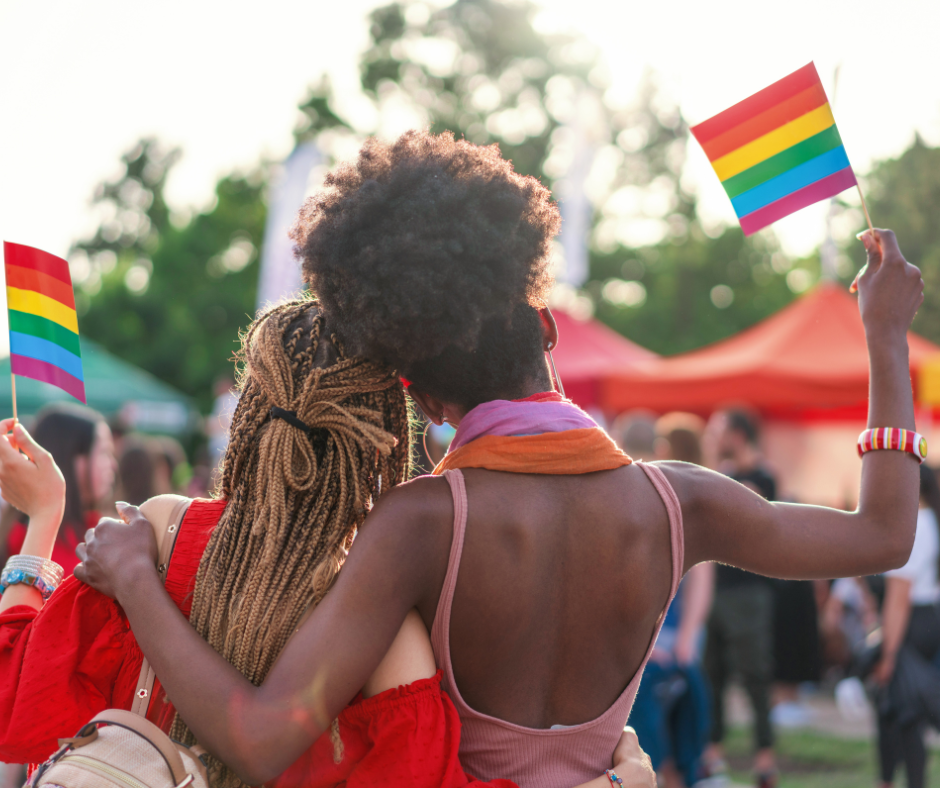


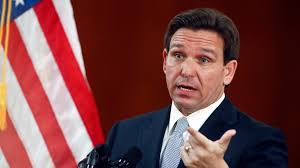


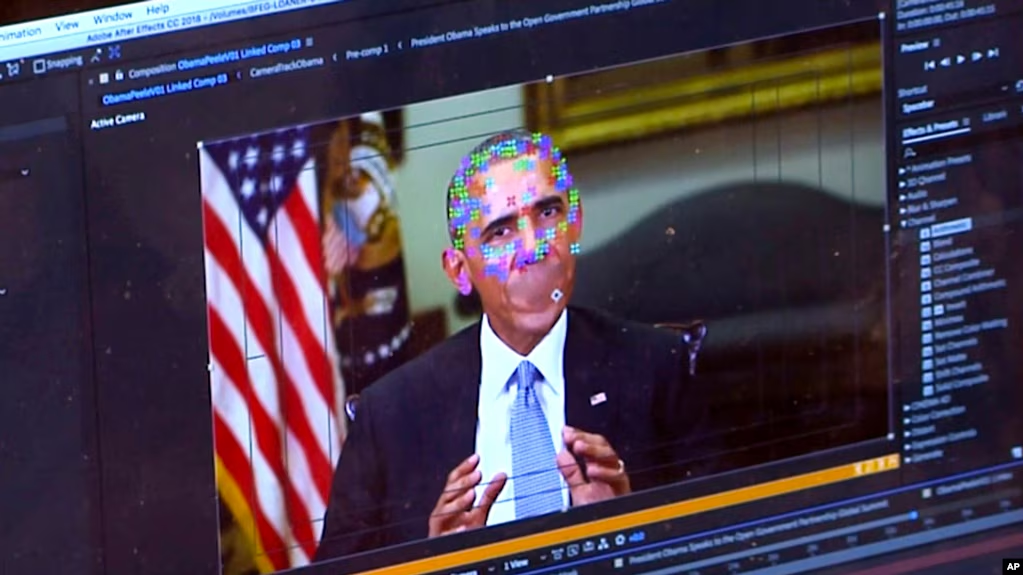


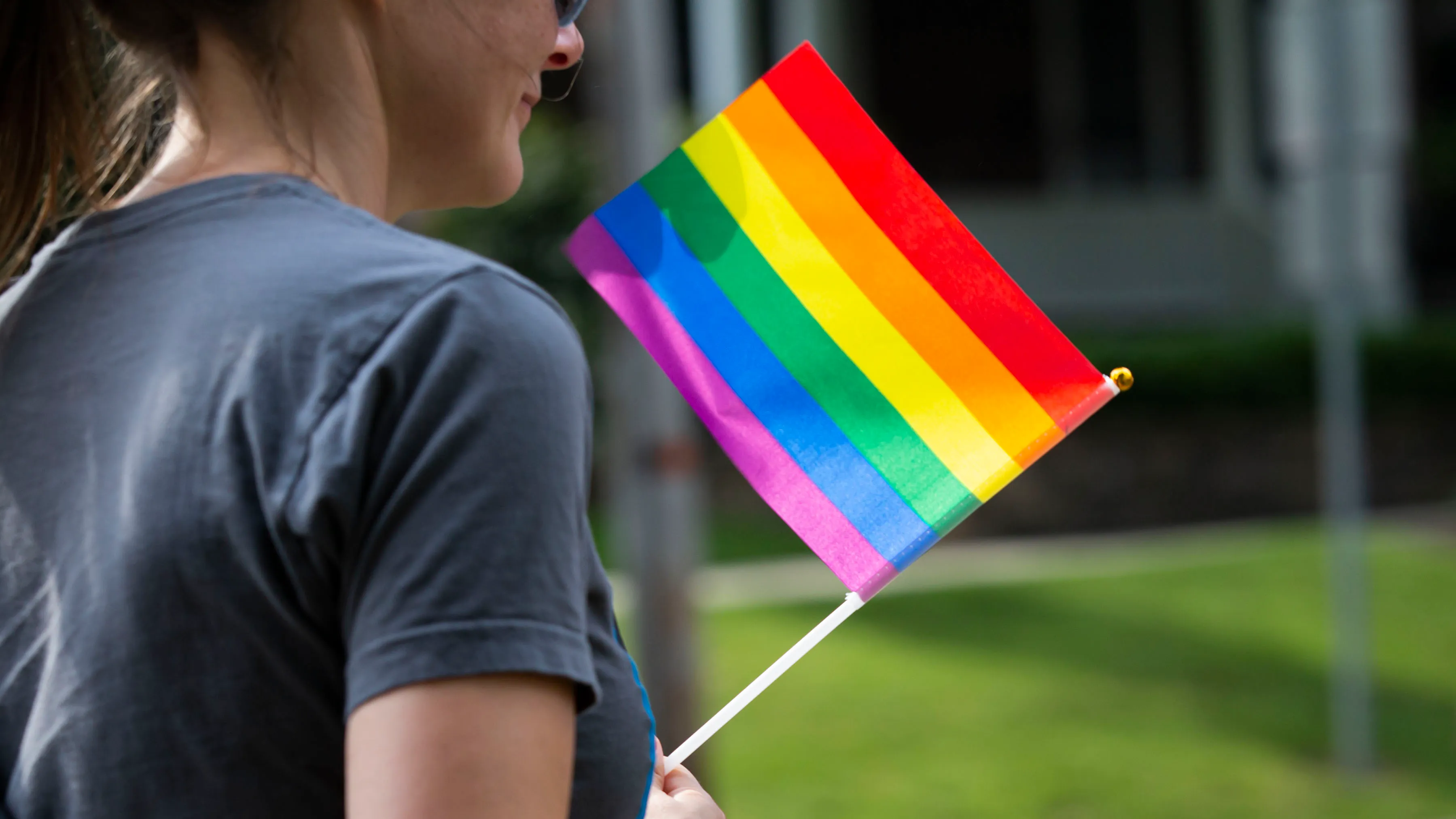
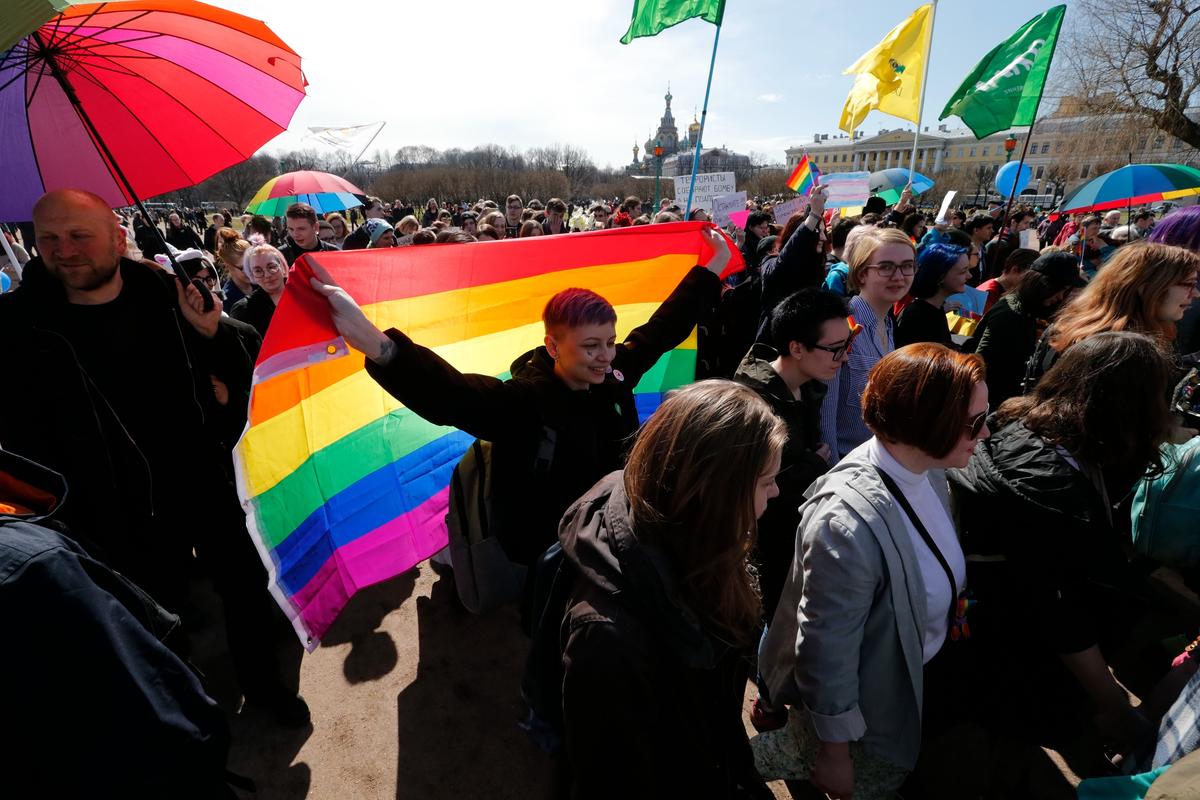
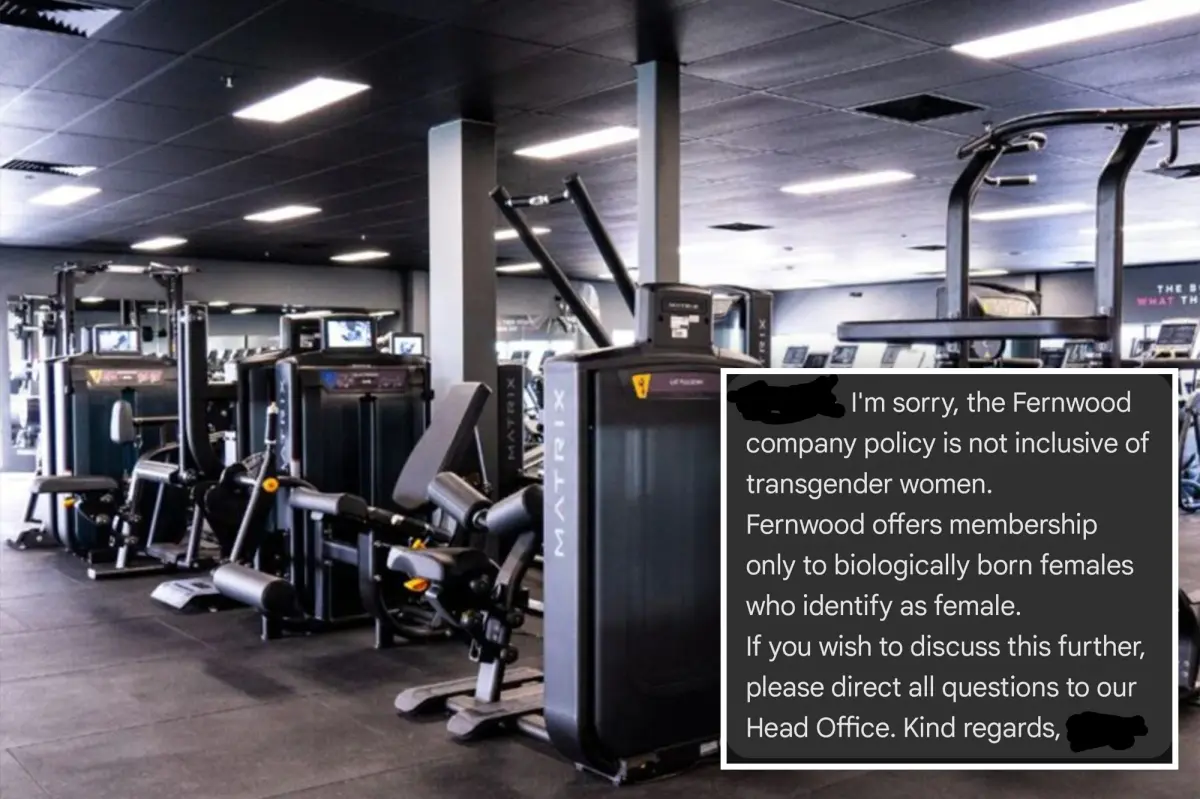







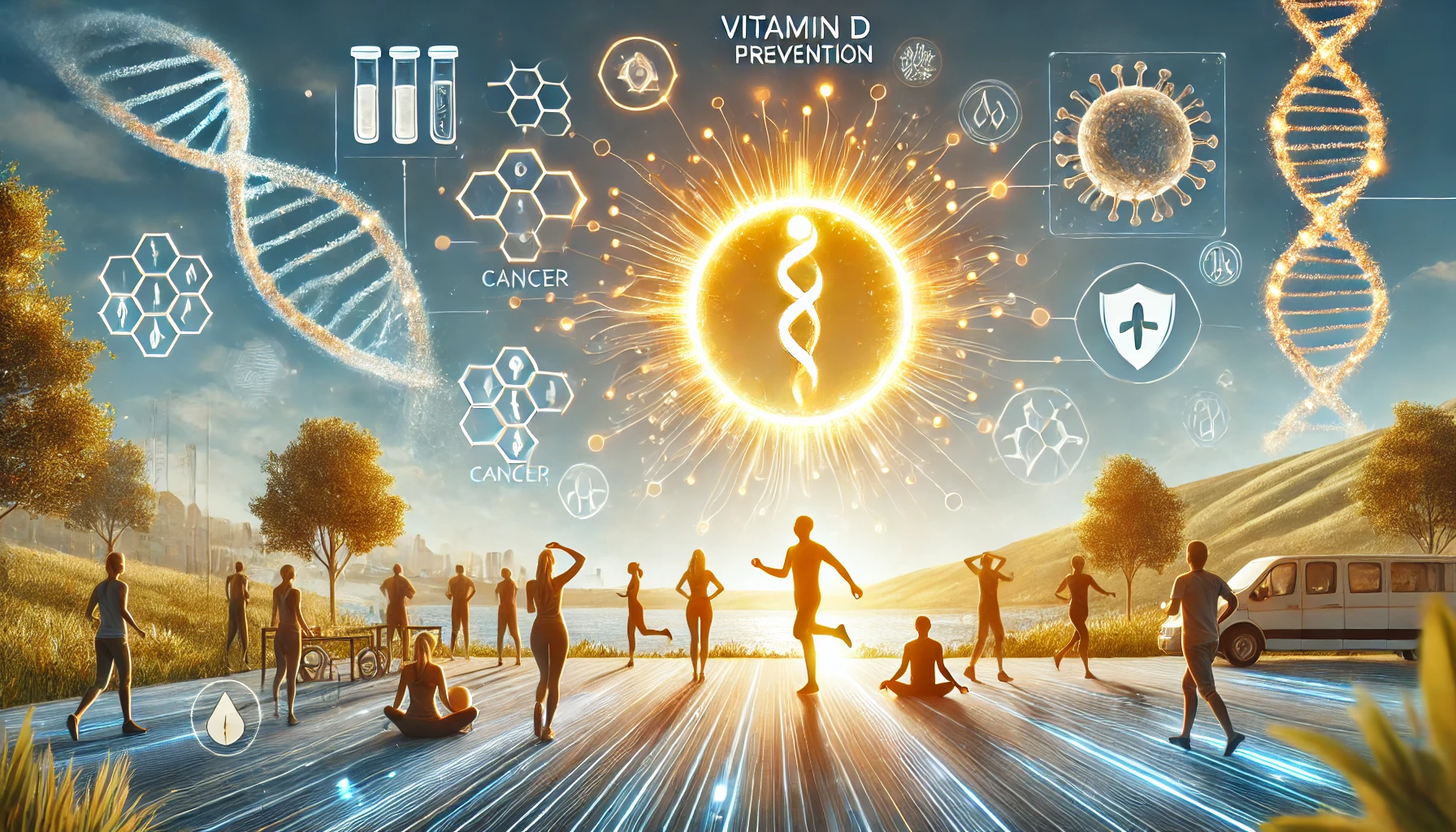


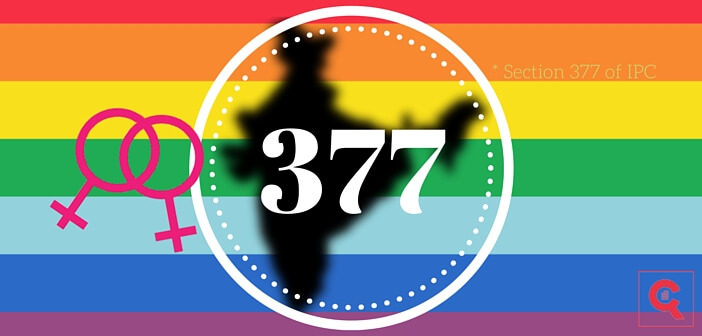
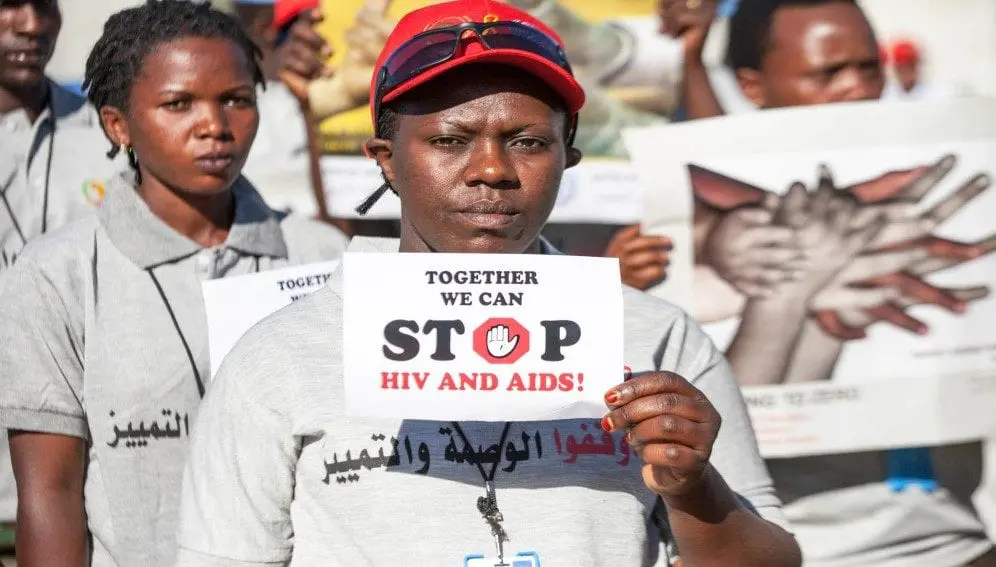

0 Comments